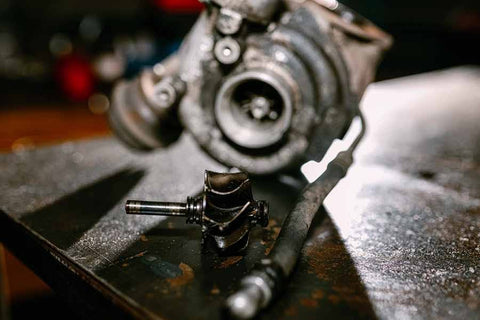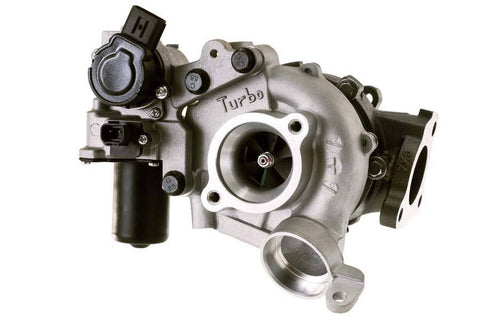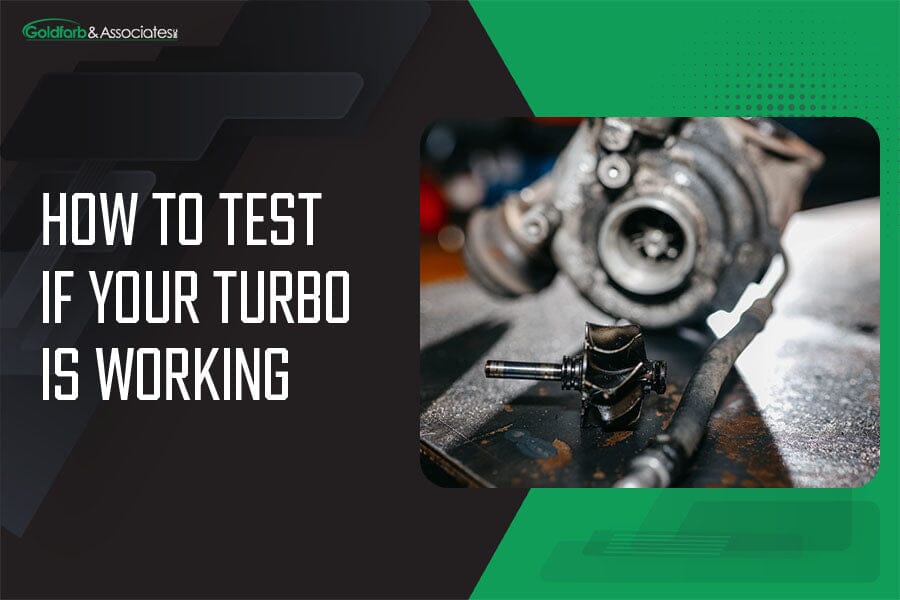Turbochargers are a great way to increase the power of your engine efficiently. Turbos work by forcing extra air into an internal combustion engine. But you also need to ensure your turbo works correctly. Do you know how to test if your turbo is working? What are some common methods to test the functionality of a turbo?
There may be several reasons why a turbocharger may be showing signs of failing and not working correctly. We will explore more about what turbo diagnostic to run if you think there may be issues with your engine below, so read on.

How to Test If Your Turbo Is Working
Turbos push the extra air to increase the oxygen levels available for your combustion engine, which boosts its power. While turbos are a great way to improve your vehicle’s performance, they may be expensive to replace.
With this in mind, it is important to know how to run a few tests to ensure your turbo works correctly. First, while the engine is running, you may test the vacuum, EGT, and boost gauges.
So, what are the signs that my turbo is not functioning correctly? Unusual readings on one or more of these gauges may indicate a turbocharger problem.
Moreover, the presence of blue or white smoke from your engine may indicate a turbo issue that requires immediate attention. The full turbo diagnostics checklist should include the following:
- Lack of power
- Noise performance
- Excessive smoke or oil consumption
If the issues are beyond repair, you will need to replace the turbo. Still, despite the expensive turbos, you can find one that fits your budget. For instance, as one of the best turbocharger dealers, we provide our customers with new, used, and repaired turbos for sale.
Troubleshooting: Turbo boost problems
Lack of power
To check if it is a lack of power that’s causing the issues with your turbocharger, test the following:
- Check if the filter, hose, and pipes are clean and not damaged.
- See if the fuel injection is correctly adjusted and in good condition.
- Check to ensure nothing is blocking the exhaust system or if it’s damaged.
Noise performance
If the engine is making too much noise when it’s running, you should do this:
- Check that the connections for the support brackets and pipeworks are good and are not loose or damaged.
- Check that there is no leaking or cracks in your intercooler.
Excessive smoke or oil consumption
You should also test that the issues aren’t due to excessive smoke or oil consumption. Here's what you need to do:
- Look over the air filters and check that they are not restricted or blocked.
- Check that your engine oil specifications fully match the manufacturer’s recommendations.
- Ensure that the oil drain pipe is not blocked and it is clean.
- Check if excessive pressure exists in the engine crankcase and if the engine breather system functions correctly.
- Inspect the hoses and joints to ensure they are in good condition.
- Check for lubrication issues in the engine block if you notice oil and carbon deposits on the exhaust manifolds or the turbine.
What Does a Faulty Turbo Sound Like?
Diesel vehicles tend to have quieter engines, an unexpected benefit of a turbo, as it muffles the air intake sound. If your turbocharger unexpectedly starts making sounds, it may point to a faulty turbo.
Faulty turbos make a loud whining noise. Since turbos muffle the engine sound, it will be impossible not to notice the shrill noise. If your turbocharger is making this whining noise, it is failing.

How to Repair a Turbo
If you suspect any issues with your turbocharger, try the following steps to repair it.
- Remove the turbo from the engine.
- Inspect the turbo for any damage. For minor damage like cracks in the housing, you may be able to repair them by filing them with a file or a grinding tool.
- If the damage to the turbo is more significant, you’ll need to replace it with a new part. For example, if the compressor wheel is cracked.
- Next, you should clean the turbo parts with a degreaser.
- Assemble all the parts of the turbo back together.
- Reinstall the turbo back on the engine and fasten all the bolts back in place.
- The engine should be running to check for any leaks. If you notice it leaking from anywhere, seal the leaks with a turbocharger sealant.
Conclusion
Knowing how to test if your turbo is working allows you to spot any issues and deal with them on time. As pointed out, you may test the boost gauges, EGT, and vacuum gauges while the engine is running.
If you are unsure what to look for, you can always contact us for advice. We’ll respond and offer our assistance as fast as possible.



